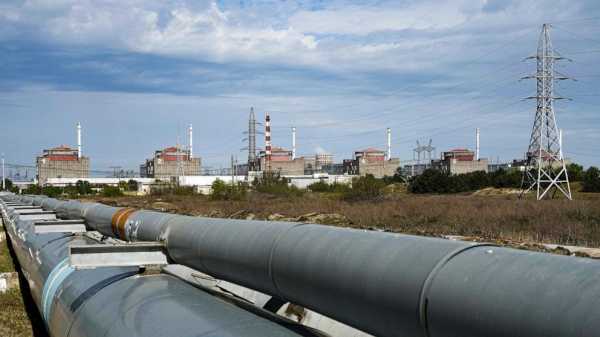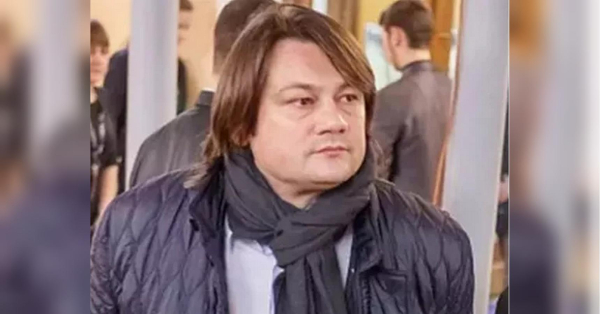
KYIV, Ukraine — Russia plans to relocate around 2,700 Ukrainian staff from Europe’s largest nuclear plant, Ukraine’s atomic energy company claimed Wednesday, warning of a potential “catastrophic lack of qualified personnel” at the Zaporizhzhia facility in Russia-occupied southern Ukraine.
Workers who signed employment contracts with Russia’s nuclear agency Rosatom following Moscow’s capture of the Zaporizhzhia plant early in the war are set to be taken to Russia along with their families, Energoatom said in a Telegram post.
Energoatom did not specify whether the employees would be forcibly moved out of the plant nor was it immediately possible to verify Energoatom’s claims about Moscow’s plan.
Removing staff would “exacerbate the already extremely urgent issue” of staff shortages, Energoatom said.
The Moscow-installed governor of the region ordered civilian evacuations from the area last Saturday, including from the nearby city of Enerhodar where most plant workers live. The full scope of the evacuation order was not clear.
Fighting near the plant has fueled fears of a potential catastrophic incident like the one at Chernobyl, in northern Ukraine, where a reactor exploded in 1986 and spewed deadly radiation, contaminating a vast area in the world’s worst nuclear accident.
Zaporizhzhia is one of the 10 biggest nuclear plants in the world. While its six reactors have been shut down for months, it still needs power and qualified staff to operate crucial cooling systems and other safety features.
Kremlin-installed authorities in the Zaporizhzhia region are accelerating their push to relocate local residents, including families of workers at the plant, due to an expected Ukrainian counteroffensive, Kyiv officials said.
Military analysts say Ukraine may focus the counteroffensive on the Zaporizhzhia region, trying to split Russian forces in two by pushing through to the Azov Sea coast in the south.
Relatives of Zaporizhzhia plant staff who agreed to relocate were taken to Russia’s southern Rostov region and placed in temporary camps, the Ukrainian General Staff said.
It added that plant employees are currently prohibited from leaving Enerhodar. It made no mention of the alleged Russian plan referred to by Energoatom.
Ukraine's National Resistance Center, which says it runs and coordinates Ukrainian partisan movements on territory occupied by Russian forces, says Russian-installed officials in Zaporizhzhia are shutting down schools, preparing buses and appointing officials to oversee the evacuation process.
They allege that the process is largely targeting children.
The International Criminal Court in March issued an arrest warrant for Russian leader Vladimir Putin for war crimes, accusing him and Russia’s children’s ombudsperson of personal responsibility for the abductions of minors from Ukraine.
At the time, Ukraine’s human rights chief Dmytro Lubinets said that 16,226 Ukrainian children had been forcibly taken to Russia, citing data from Ukraine’s National Information Bureau.
After taking over at Zaporizhzhia, the Russians left the Ukrainian staff in place to keep the plant running but the exact number of workers currently at the plant is not known. The United Nations’ nuclear watchdog, the International Atomic Energy Agency, did not immediately reply to an Associated Press query about the staffing level.
However, the IAEA said soon after Russian troops overran the plant after invading Ukraine on Feb. 24, 2022, that low staffing levels “seriously compromised” one of the fundamental factors in nuclear safety and security, which is that “operating staff must be able to fulfil their safety and security duties and have the capacity to make decisions free of undue pressure.”
The IAEA has deployed a handful of staff at Zaporizhzhia in an effort to ensure its safety.
___ Follow AP’s coverage of the war in Ukraine at https://apnews.com/hub/russia-ukraine
Sourse: abcnews.go.com






